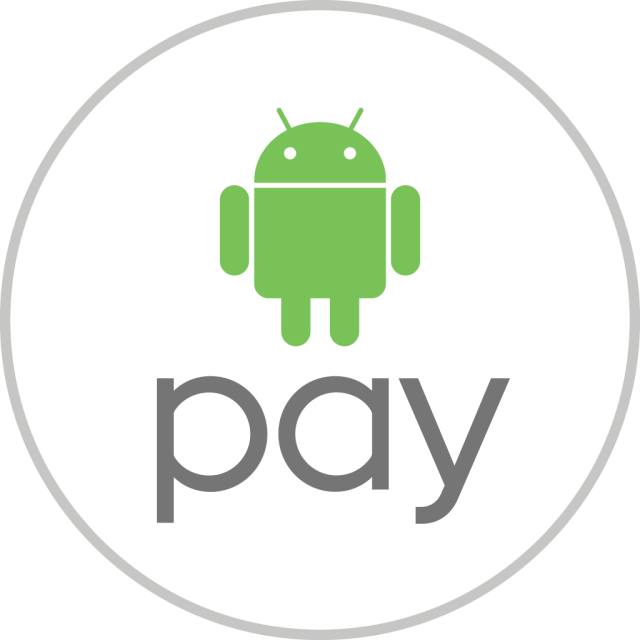Google Wallet never really took off, but that didn’t stop the search giant from participating in the mobile payment game. Wallet is still around, but it is used as a method of sending payments to friends, family and other parties – you could say it’s similar to PayPal and Paytm (For Indian Users).
But what happened to the mobile payments part of Google Wallet? It has been re-branded as Android Pay. So, how exactly does all of this work? I found some very interesting things about Android Pay, so let’s dig right into the details.
How is Android Pay different from Samsung Pay and Apple Pay?
Mobile payments revolve around these three services, so it is only natural to wonder how they are different from each other. Going in depth would require a whole separate article, but i can easily tell you the noticeable differences as a consumer.
Samsung Pay is likely the most convenient out of the three, as it can be used with any POS system where you can swipe your card. On the other hand, Android Pay needs to work through an NFC chip and retailers need to partner up in order for the contactless purchase to work, much like Apple Pay.
How to set up Android Pay
Android Pay is very easy to set up and plenty of Android phones nowadays come with the application pre-installed. If it’s not, though, you can easily download it from the Google Play Store.
Once you have Android Pay installed, getting things ready is a breeze. Of course, that is if your bank is supported. If it is, you can simply open the app and hit the “+” sign to add a credit or debit card. Alternatively, one can also add gift cards or loyalty program details.
Let’s stick to adding a credit card for now. By the way, you may see that some cards are already added the first time you use Android Pay. These could be cards you have used to purchase things through Google, in the past. Not seeing the right one? Just take a picture of a card to add it.
Any security concerns?
When your phone makes a payment via NFC, no credit card information is being transferred; Android Pay works with tokens. The only information being exchanged is a randomly generated 16-digit number. This means your credit card and personal info will be safe in the case of a breach into the store system or NFC reader.
Unlike Apple Pay’s randomly generated codes, which are created within the phone, Google’s are created in the cloud, making them difficult to retrieve. Google does make backup numbers in the case that you find yourself outside strong signal, though. Having limited or no Internet should not be an issue for making mobile payments with Android Pay.
Let’s take Android Pay out into the real world!
Other then "Lew" who can do it batter
My impressions
If you can get it to work, Android Pay is super fast and much more convenient than using a card. But as of right now I would rather stick to my card and know it will always go through as of i'm in India.
How do you feel about mobile payments? Have you had your chance to try it? Hit the comments and share your own experiences with us!


Comments
Post a Comment